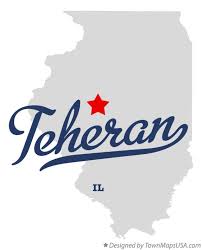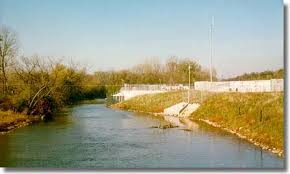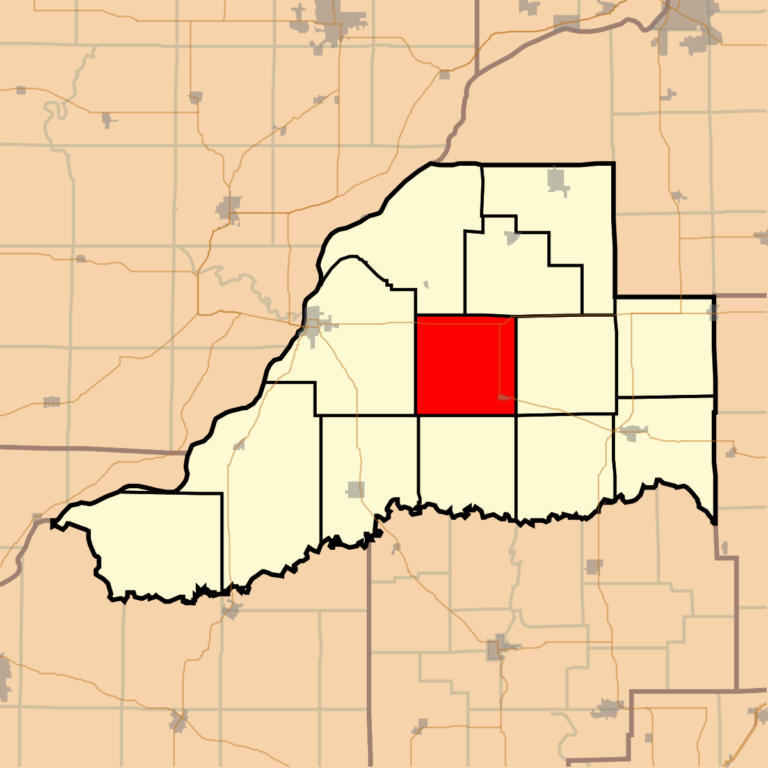History – Village of Forest City
VILLAGE OF FOREST CITY
1859- c. 1880
The village of Forest City was surveyed, in 1859, by J. F. Coppel and Alexander Cross, for Walker, Kemp, Wright and Waggenseller. The original
plat contained forty-seven acres. An addition of forty acres lying east of the original town was made in 1865 by D. S. Broderic. The lines of original sur- vey were run north and south, but were never recorded. The plat, as recorded, lie; parallel with the railroad line. The village is located seventeen miles dis- tant from Pekin and thirteen from Havana. It was, at one time,quite an extensive grain mart, but the growth of Mason City on the east, and points on the I., B. & W. R. R., south, have deducted largely from the amount of its annual
shipments. Alexander Cross built the first residence on the town site, and occupied it in the latter part of 1859. The house is still standing, and has
been converted into an office by Dr. James S. Walker. Thomas H. Ellsworth built a residence and became a denizen of the place in 1860. Josiah Jackson,
S. T. Walker, T. A. Gibson, E. T. Neikirk and others were among the earliest citizens of the place..
Cross & Walker built the first storeroom and began merchandising in 1861. In 1864, or 1865, Rodgers & Bros., built the second
store-building in the village and opened up a stock of general merchandise. The business interests of the village continued to grow till, at one time, it had
four good stores in full blast. In 1861, Messrs. Cross & Walker built a grain warehouse and began purchasing grain. The grain trade increased so rapidly
that in 1864 they built an elevator at a cost of $6,000. It has a capacity for storage of 40,000 bushels. The grain interests of the village, at present, are looked after by S. T. Walker, agent for Smith, Hippen & Co., of Pekin, and Z. Miller. The annual amount handled approximates 250,000 bushels. Quite an amount of hogs and cattle are shipped from this point. The trade and traffic of the village reaches, perhaps, $40,000 per annum.
The post office was established in 1861, and Alexander ‘Cross was appointed Postmaster. He received his commission from Montgomery Blair as Postmaster General. Mr. Cross has
acted continuously from his first appointment down to the present time, and has been efficient and accommodating, as might readily be inferred from his long continuation in office. A neat frame school building, two stories high, was erected in 1877, at a cost of $1,500. This is the pride and ornament of the village, and is a fitting
monument to the liberality of the citizens of the district, who submitted to a heavy taxation in order to secure the building. The M. E. Church, the only
house of worship in the village, was erected in 1863 or 1864. Rev. S. B. Hirsey was the first Pastor. It is a neat frame building, pleasantly situated in a small grove in the western portion of the village. It has a membership of about fifty souls, who meet regularly for worship. A fine and flourishing Sunday school is held in connection with its services. Dr. George Mastiller was
the first physician to locate in the town, as well as the first in the township.
E. N. Nichols, M. D., was also in the township quite early. The former is at present a resident of Kansas, and the latter, some years ago, took up his abode
in Missouri. Drs. James S. Walker and G. W. Dunn are at present resident physicians, each well skilled in his profession, and enjoying a good practice. A
Lodge of Good Templars was organized in 1865. The charter members were Thomas H. Ellsworth and wife, T. G. Onstot, Josiah Jackson and wife, T. A.
Gibson and wife, Miss Sarah Ellsworth, and others whose names could not be obtained. In February, 1867, the hall in which the lodge meetings were held was consumed by fire, and the Lodge soon after became extinct. Forest City Lodge, No. 246, I. 0. G. T., was organized Jan. 27, 1879, by J. Q. Detwiler, State Deputy. A charter was granted to Thomas A. Gibson and wife, Josiah
Jackson, George W. Pemberton, Mrs. Nancy Cross, Susie Cross, G. W. Neikirk, Harry Dunn, Lydia Ellsworth, Mary Ellsworth, Solomon Nikirk, Lillie Neikirk, Lizzie Neikirk, W. D. Thomas, E. E. Bird, Ira W. Bruning, Isaac Beard and William F. Bruning as charter members. The Lodge is in fine working order, and, at present, has a membership of about sixty-five. Regular meetings occur on Saturday evening of each week.
A substantial iron bridge, erected at a cost of from $1,800 to $2,000, spans Quiver Creek, just south of the village. In the winter of 1876, the citizens
constructed a gravel road from the village to, and for some distance beyond, the bridge. The gravel was obtained at Mackinaw, the P., P. & J. R. R. furnishing transportation free, and for once, at least, disproving the oft-repeatedassertion that railroad corporations have no souls. The neat and substantial passenger depot at this point, under the management of Mr. E. T.
Neikirk & Son, is an ornament to the town and a credit to the officials of the road. Forest City Township has been largely Republican in her political complexion since the earliest formation of the party. In the days when the old Whig and Democratic parties vied with each other for supremacy,
this ” district ” could always be relied upon for a handsome Whig majority.
During these latter years, the Republican party has held the field whenever
party lines were strictly drawn. At the outbreaking of the late civil strife, her
loyal sons were not slow in attesting their fealty and devotion to the Stars and
Stripes. At each and every call, she furnished her full quota, and no draft was made upon her patriotic citizens to fill up the oft-depleted ranks of the
patriot army. Many of her noble boys are taking their long, deep sleep in
Southern soil, beneath a Southern sun, far from the spot of their early child- , hood. They fell in the discharge of duty and in the defense of their country’s
honor. Fond fathers and loving mothers cherish with fondest delight the
memory of the brave boys whose lives were offered a willing sacrifice upon
their nation’s altar. Of such we may say, in the poet’s fitting strain :
“Soldier, rest! thy warfare’s o’er, Sleep the sleep that knows no breaking ; Dream of battle-fields no inore,
Days of danger, nights of waking.”
Forty years ago, Forest City Township was without an inhabitant. Now
her surface is thickly studded with comfortable homes, and thrift and enterprise
greet us on every hand. Her citizens are alive to every movement that tends
to advance the interests of their section, and her annual productions rank sec- ond to but few townships in the county. Bishop Station, a small village on the
P., P. & J. R. R., three miles southwest of Forest City, was laid out for Henry
Bishop in the spring of 1875. The post office was established in 1871, four
years prior to the date of laying out the town. A grain elevator, two general
stores and a blacksmith-shop comprise the business buildings of the village.
These, with some half-dozen residences, include all that there is in the town.
We have been able to obtain but very little of its history, though diligent
inquiry has been made. Its citizens have been backward in giving us anything
like a connected history of the place, laboring, perhaps, under the misapprehension that we were desirous of buying the town at the present low ruling
price, and not recognizing the fact that we were simply desirous of obtaining
data from which to compile a historical sketch of the place. However, the
prospects for its rapid development into a village of any considerable importance
is not, at present, very flattering. Its location about midway between Forest
City and Topeka precludes the possibility of its ever being more than a point
of local interest.



